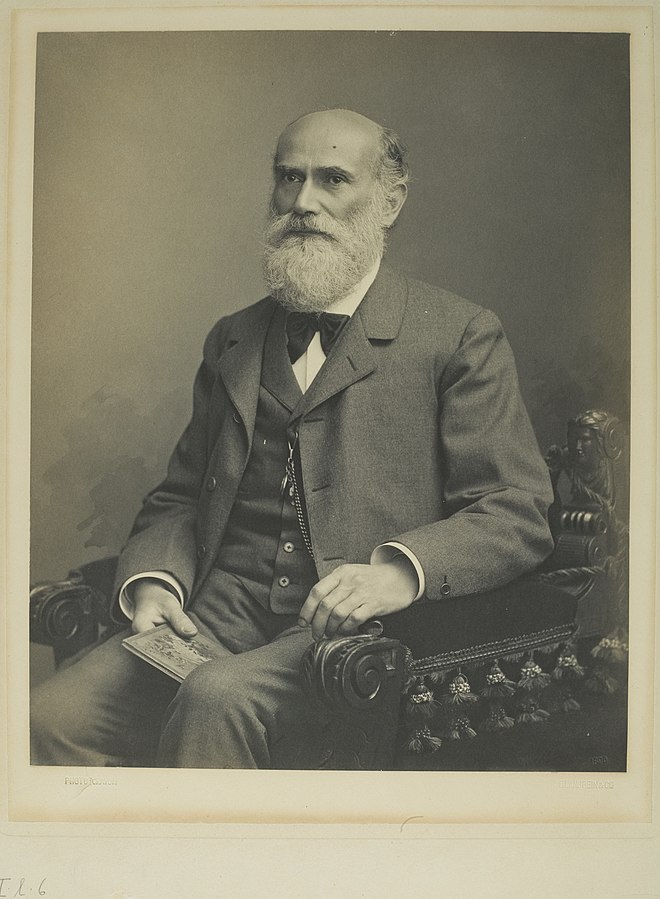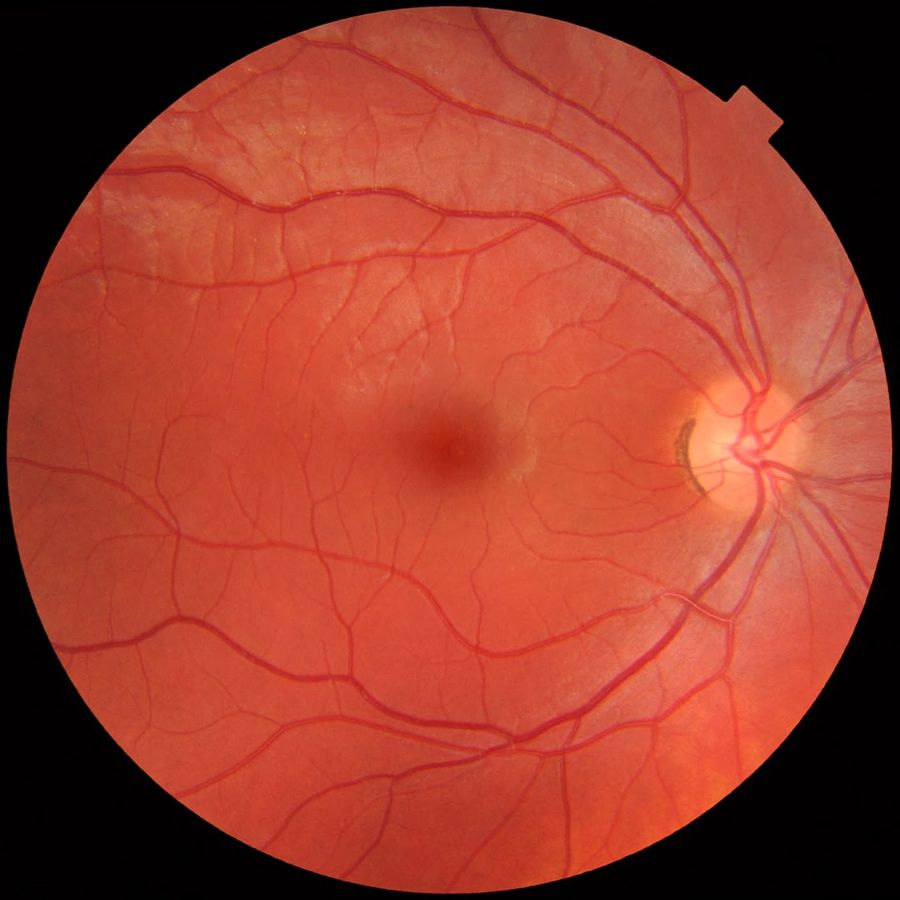Hereditary retinal dystrophies
4. Leber congenital amaurosis
It is a group of congenital diseases in which severe visual loss occurs before the first year of life, caused by a severe loss of both cones and rods. It accounts for between 10-18% of cases of congenital blindness and its incidence is 1 in 35,000 live births. It should not be confused with Leber's hereditary optic neuropathy, which is a different disease, although both were described by the ophthalmologist Theodor Leber in the 19th century.

It presents with nystagmus, photophobia, and low vision from birth. In relation to the first symptom, patients usually initially have irregular eye movements due to their inability to fixate, but later develop nystagmus. Pupillary reactions are mild and occasionally a paradoxical response may be encountered. Most of the patients are usually hyperopic (unlike the rest of the pigmentary retinosis in which patients are usually myopic).
Initially, the fundus is normal, but with time yellowish dots will appear and then the typical pigmentation in spicules, the attenuation of the vessels and the pallor of the optic nerve, producing an appearance indistinguishable from any other RP. Macular changes are frequently found, in the form of pigment alterations initially, and later with the appearance of macular atrophy that can simulate colobomatous changes.

To date, more than 16 variants of the disease have been described, of which the causative gene is known. All of these genes are preferentially expressed in the retina or retinal pigment epithelium.
Other ocular symptoms include severe visual impairment, nyctalopia, and sensitivity to light (50%). It is sometimes associated with high hyperopia, keratoconus, and posterior subcapsular cataracts. The oculodigital reflex is very common, that is, patients have a tendency to squeeze their eyes with their fingers, apparently with the aim of provoking light visual stimuli. These patients may be totally blind, although some retain visual remains that allow them to wander.
An ophthalmologist can diagnose Leber congenital amaurosis with a series of tests. The retinas are carefully examined to see if they are unusually shaped or have irregular pigment patterns. The test that is practiced is the electroretinogram for the measurement of retinal sensitivity. In the case of Leber congenital amaurosis, electroretinography is a technique no longer practiced. The eyes are also exposed to electrical impulses to measure their sensitivity and determine how well the child can see.